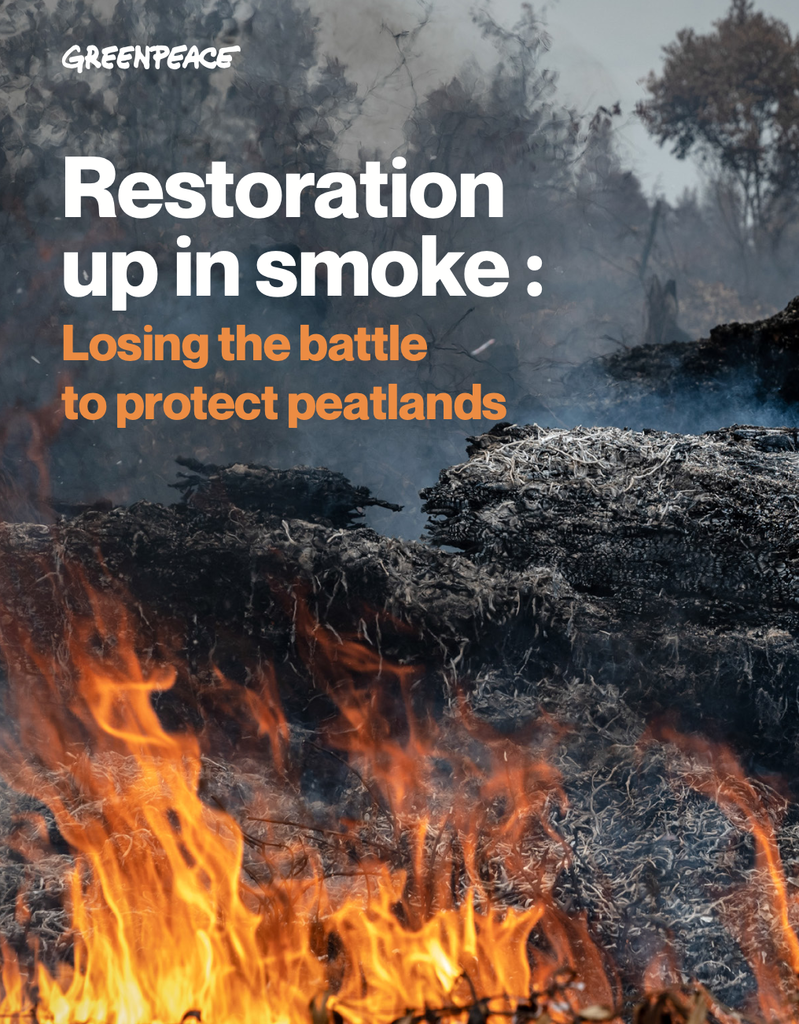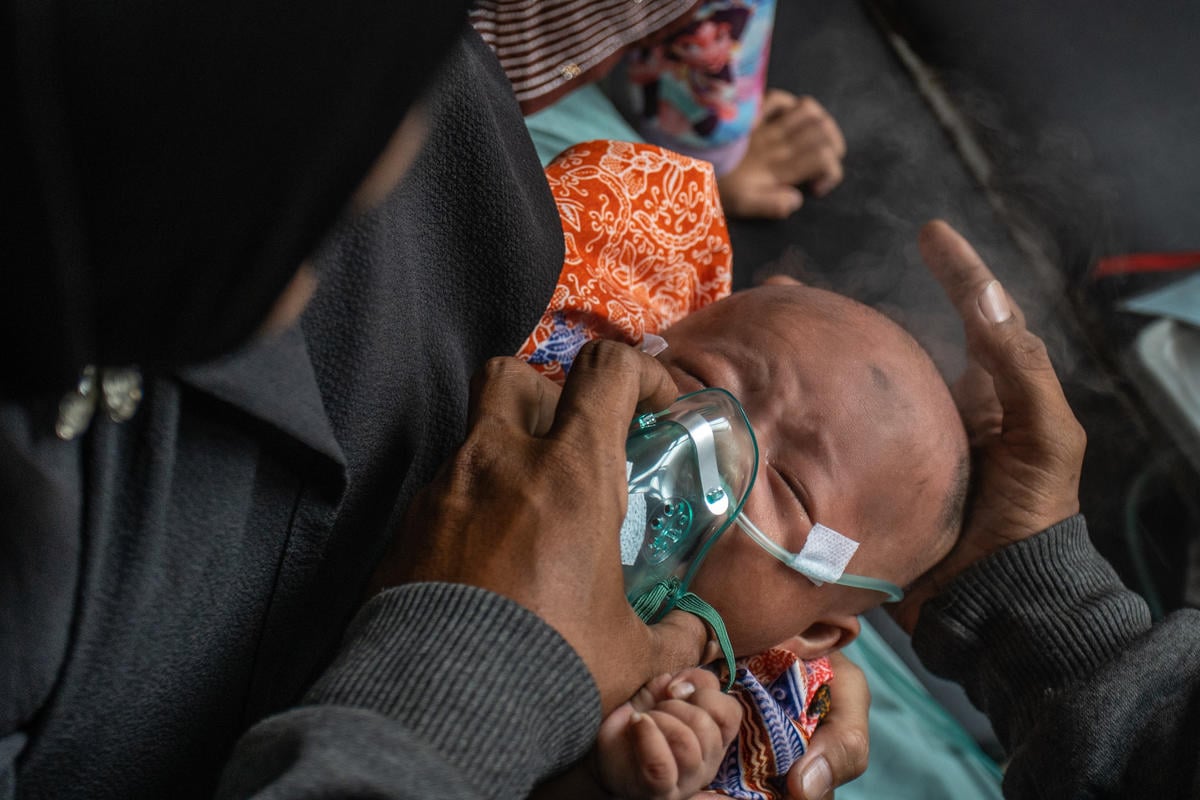2015 was a turning point for Indonesia’s peatlands, a critical ecosystem that is rich in carbon and thus plays a crucial role in climate change mitigation. Large swathes of peatlands across Indonesia burned that year, largely due to the expansion of large-scale palm oil and pulp plantations. With the dry season exacerbated by the climate phenomenon El Niño, fires lit to clear land for plantations raged out of control, resulting in the country’s worst fire episode in nearly two decades.[1] In September and October 2015, the daily carbon emissions from the fires regularly exceeded those from the entire US economy.[2]
While the year was disastrous for peatlands, it also marked the beginning of Indonesia’s journey to protect and restore its peat ecosystems, with the government announcing an ambitious target to restore some 2 million hectares (ha) of degraded peatlands.[3] The deadline for meeting that target was 2020.[4]
By restoring these peat landscapes, the Indonesian government aims to reduce the spread and intensity of peat fires and tackle the climate crisis at the same time by preventing the emissions caused by burning. Indeed, Indonesia will only achieve the emissions reductions it committed to in its Nationally Determined Contribution (NDC) to the Paris Agreement[5] if it succeeds in reducing deforestation, forest degradation and fires, particularly those affecting peatland.[6]
The government has claimed that its peatland restoration programme was a success: according to the Ministry of Environment and Forestry, by the end of 2018 it had not only reached its target, but surpassed it by more than a million hectares through its own efforts as well as the private sector’s.[7] A 2020 performance report stated that by the end of 2019 as many as 68 industrial forest (mainly pulpwood) companies and 212 palm oil companies had collectively restored over 3.47 million ha of their peat concessions, playing a key role in the country’s peat restoration efforts.[8] While the government has not made the data available to back up these claims, it continues to tout these figures, as well as claiming that the decline in fires between 2015 and 2020 can be attributed to its successful peat restoration endeavour.[9]
But despite the government’s claims, peatland clearance – including deforestation from the expansion of the palm oil and pulpwood industries – is still continuing and fires remain an annual occurrence in Indonesia, with the latest catastrophic fire season in 2019 nearly matching the scale of destruction in 2015.[10]
Greenpeace Indonesia[11] has attempted to verify the government’s claims of success, but doing so has proven difficult due to the lack of transparency and accessibility of relevant information, inconsistent figures and unavailability of maps of restored concession areas. In the absence of independent verification of the progress of peatland restoration, Greenpeace decided to conduct an analysis of the present condition of peatlands in Indonesia. The goal of this analysis is to establish the locations of the degraded peatlands which have been prioritised to be restored by the government and to assess the condition of the peat landscapes to see to what extent degraded peatlands show indications of restoration through the governmental programme.

[1] Huijnen V et al (2016), World Bank (2015)
[2] Harris N et al (2015a)
[3] Cabinet Secretariat of the Republic of Indonesia (2016)
[4] President of the Republic of Indonesia (2016a)
[5] Indonesia has pledged to reduce its emissions unconditionally by 29% against the business-as-usual scenario by 2030, and by up to 41% with international assistance. See UNFCC (2016).
[6] Wijaya A et al (2017)
[7] Ministry of Environment and Forestry (2019)
[8] DJ PPKL (2020) p128
[9] Jong HN (2021), Puspa A (2021)
[10] Reuters (2019a)
[11] Further mentions of ‘Greenpeace’ in this report should be read as references to Greenpeace Indonesia unless otherwise indicated.



